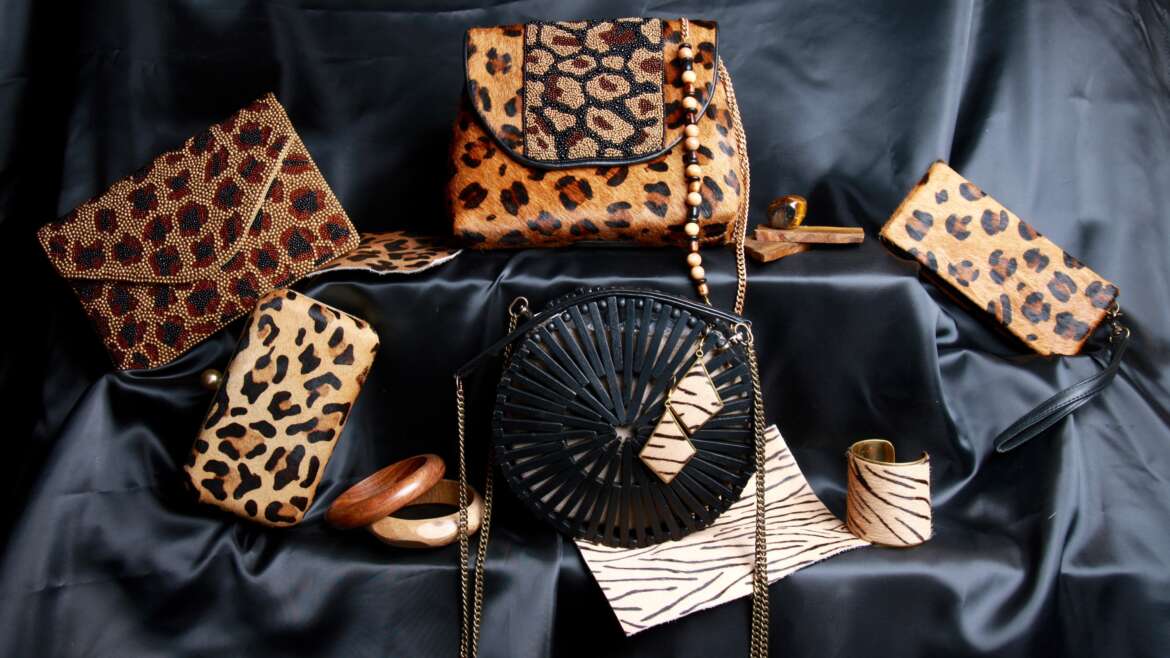You witness leather on daily basis all around you. Don’t you? It may be the cover seats of your luxury car and bike or minor items of daily use like wallet, belts, and handbags. You might have also noticed differences in the nature and texture of leather concerning different products. What was the texture and material of the leather product you last touched or saw?
Yes! Leather comes with variety in it. You can take an example of handbags you used in the past year, were they all same? They weren’t right. Leather not only varies with respect to the origin but also on other factors. Sounds exciting right? It is! Before we jump to the variety. Let’s talk about leather prior to it.
What is leather?
Leather is a sturdy, flexible, and versatile cloth that is an outcome of the tanning of skins and rawhide of animals. The leather is produced after three sub-processes mainly: preparatory steps, tanning, and crusting, which is further used in the manufacturing of handbags, shoes, car seats, and fashion accessories, and much more. If required, sometimes the leather also goes under a process known as finishing.
As mentioned above the types of leather depends on various criteria, let’s discover a few of them: –
Nappa leather: – It acquires the name from its place of origin, back in 1875 Napa, California. At that time vegetable tanning agents and alum salts were used. Today the process of tanning hasn’t changed much and salts like chromium and aluminum sulfate are used. Nappa leather is very soft and pliable leather, unlike other leathers that are hard. Now, the soft texture of Nappa does not compromise quality and durability. It is tough and assures durability over the years. Nappa intact with top-grain leather, now being more breathable, it does not hold moisture.
Cowhide leather: – It is also known as the finest leather among all with eco-friendly tanning. It is mostly popular for the soft and flexible touch it offers to garments, shoes, handbags, and leather products. The durability of this leather also depends on which method of tanning and finishing is used. A veg-tan lasts longer than chrome tanned.
Exotic leather: – The most unique color and texture we observe in handbags are the exotic ones. Exotic leather can be defined as leather from rare animals that are not generally raised by or in human society. The handbags are mostly expensive and may require special maintenance and care. These are expensive yet demanding. The utmost reason for this can be the surface texture and the unique or rare look it offers.
Veg tanned (the natural leather):- It is a traditional method of tanning used to give the natural and earthly texture. Natural tannin is used that is extracted from trees and with modern technologies to provide the unique and versatile quality to the leather. This leather with traditional tanning blends in a unique way with the trendy fashion and offers the most versatile looks within handbags and other products.
Printed leather: – Leather printing is a process of finishing that introduce a wide range of texture and effect on accessories. The quality material can hold an audience in the market but fabric prints or sober colors on it can do wonders for the brand and product. We have seen the youth is accepting colors more frequently and fabric prints are the most searched genre in handbags.
Embossed leather: – It is a subcategory of printed leather that we discussed in the previous point. A further step to leather printing, embossed leather intends a clearer traditional print on the skin to obtain an embossed pattern. The process includes exertion of heavy pressure with a mold including the desired print/design on the surface made soft by heating.

